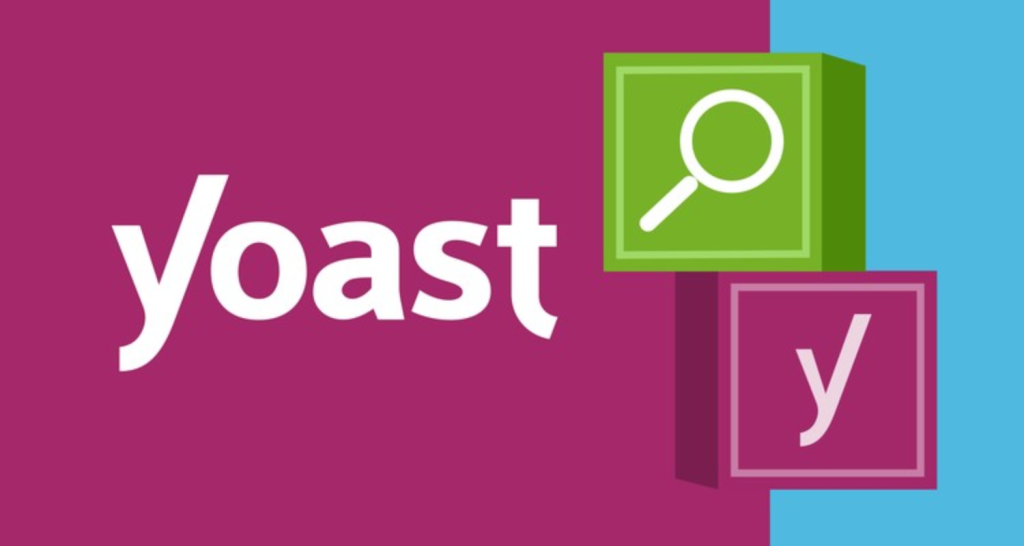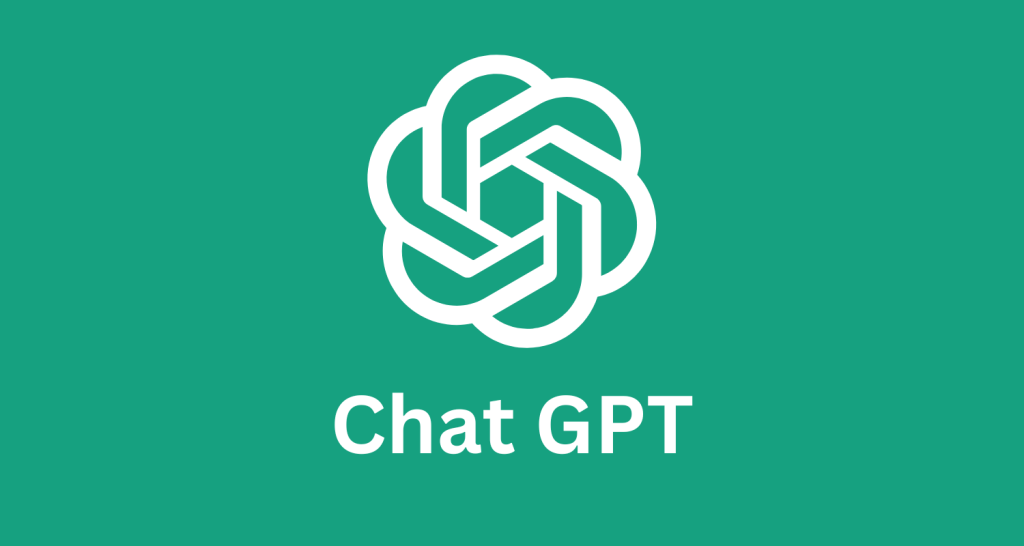In the ever-evolving digital landscape, content creators often find themselves challenged by AI content detection systems. These systems aim to filter out low-quality or spammy content, but they can sometimes hinder the creativity and uniqueness of genuine content. This article delves into the strategies that can help you how to bypass AI content detection while maintaining human-readable and engaging content. Additionally, we will explore some powerful tools that assist in crafting content that resonates with your audience.
ChatGPT vs Chatsonic: A Comparative Analysis of AI-Powered Chatbots
Understanding AI Content Detection
Before bypassing AI content detection, it's essential to grasp the underlying principles. To evaluate content quality, AI algorithms analyze various factors, including grammar, keyword density, readability, and other linguistic patterns. While these algorithms have their merits, they can inadvertently flag genuine content as spam or low-quality, stifling originality and creativity.
Bypassing AI Content Detection: Best Practices
a. Natural Language Variation: Employing natural language variations and avoiding excessive keyword stuffing is crucial. Focus on creating engaging and informative content that provides value to your audience while ensuring a natural flow of language.
b. Structural Formatting: Use proper headings, subheadings, and bullet points to organize your content effectively. This improves readability and helps AI systems recognize the logical flow of your article, making it more likely to pass the detection filters.
c. Rich Media Integration: Incorporating images, videos, infographics, and other visual elements enhance the overall quality and appeal of your content. AI systems often prioritize content with a diverse range of media, reducing the chances of false positives in content detection.
d. Quality Backlinking: Establishing quality backlinks from reputable sources can improve the credibility of your content. AI systems often consider authoritative references when assessing content quality, making it more likely to pass their filters.
Why Does ChatGPT Ask for a Phone Number?
Tools for Writing Human-Readable Content
a. Grammarly: This widely-used tool helps writers enhance their grammar, spelling, and punctuation, ensuring error-free content. Grammarly also provides insights into readability, word choice, and sentence structure, empowering you to craft compelling and human-readable content.

b. Hemingway Editor: This tool focuses on improving the clarity and conciseness of your writing. It highlights complex sentences, excessive adverbs, and passive voice, enabling you to refine your content for maximum impact.
c. Yoast SEO: Primarily designed for optimizing content for search engines, Yoast SEO offers valuable insights on readability, keyword usage, and overall content structure. By aligning your content with SEO best practices, you can enhance its readability while improving its chances of bypassing AI content detection.

d. Readable.io: This tool assesses the readability of your content by analyzing factors such as sentence length, word complexity, and paragraph structure. It provides a readability score and specific suggestions for improvement, helping you create content that resonates with a wider audience.
e. ChatGPT: As an advanced language model developed by OpenAI, ChatGPT can assist you in generating high-quality and human-readable content. It can provide creative suggestions, help refine your ideas, and ensure your content flows naturally.

f. Jasper: Jasper is an AI platform designed specifically for natural language understanding and generation. It can aid in crafting engaging and human-like content by providing suggestions, generating ideas, and ensuring the overall coherence and fluency of your writing.
Conclusion
While AI content detection systems present challenges for content creators, implementing the strategies discussed in this article, along with utilizing tools like Grammarly, Hemingway Editor, Yoast SEO, Readable.io, ChatGPT, BARD AI, and Jasper, can help bypass their filters while maintaining engaging and human-readable content. By striking the right balance and leveraging these tools, you can unleash your creativity and confidently navigate the realm of AI content detection.
How to Fix Error; “ChatGPT Too Many Requests in 1 Hour.”
FAQs
Why would someone want to bypass AI content detection?
Individuals or organizations might have valid reasons to explore methods to bypass AI content detection. For example, researchers and developers working in artificial intelligence may want to understand the limitations of existing algorithms and find ways to improve them.
Can bypassing AI content detection benefit content creators?
In certain cases, content creators may need to bypass AI content detection to ensure their content reaches the intended audience. While effective at identifying harmful or spammy content, AI algorithms may occasionally flag legitimate content as false positives. By understanding AI content detection methods, content creators can optimize their content to avoid unnecessary flagging and ensure that their valuable and relevant content reaches the target audience.
How can bypassing AI content detection benefit privacy and freedom of speech?
AI content detection algorithms often scan and analyze user-generated content for various purposes, including moderation. However, concerns regarding privacy and freedom of speech arise when algorithms overreach and unintentionally suppress legitimate opinions or perspectives. By exploring methods to bypass AI content detection, individuals and organizations can raise awareness about potential biases, encourage transparency in content moderation practices, and protect the privacy and freedom of speech rights.
Is bypassing AI content detection a way to uncover algorithmic biases?
AI algorithms are not infallible and can sometimes exhibit biases or inaccuracies in their content detection. By actively researching and testing methods to bypass AI content detection, individuals can uncover potential biases and shed light on the limitations of these algorithms. This knowledge can help drive improvements in AI systems, making them more fair, unbiased, and inclusive.
